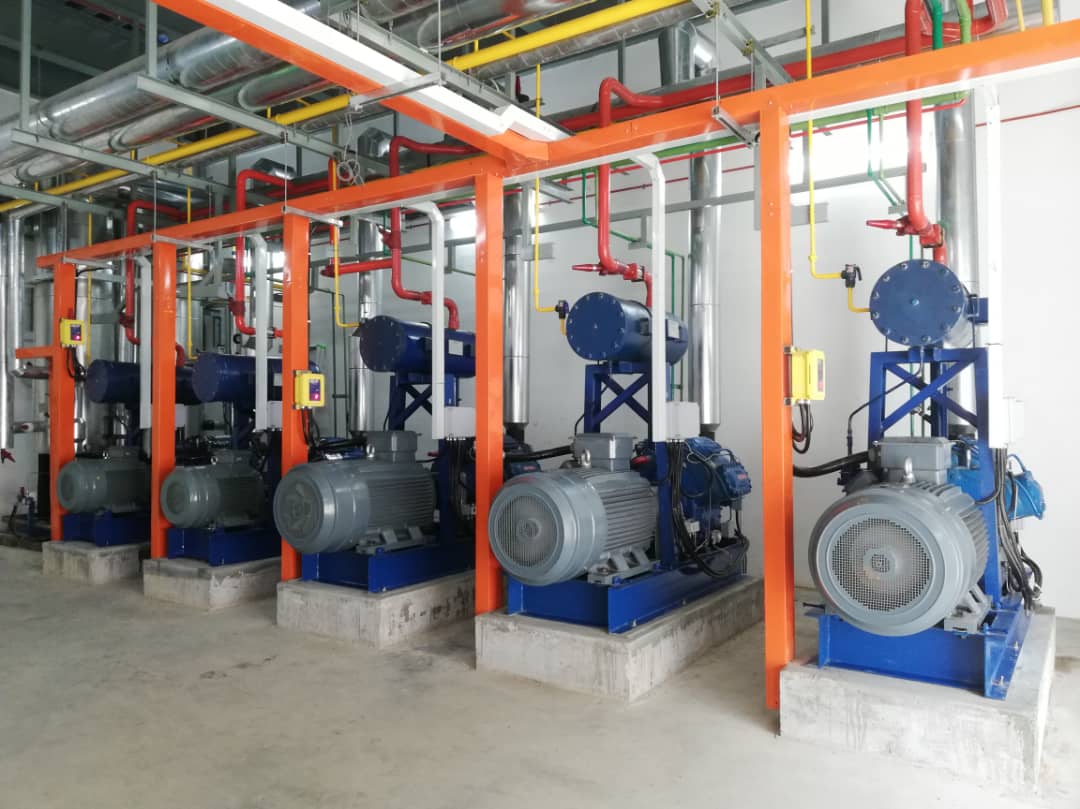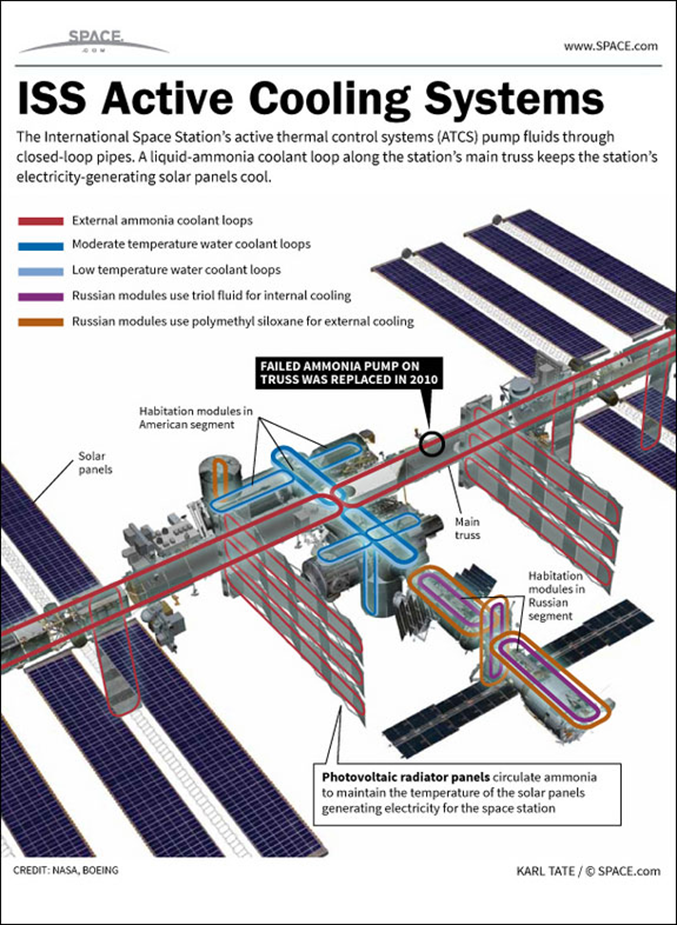
Ammonia refrigerant code R717, is a refrigerant among a list of refrigerants that can be used to keep rooms and industrial buildings cool. Today, we are going to look at what ammonia refrigerants are and how their use has changed over the years since its discovery as a viable refrigerant.

Ammonia (NH3) was first isolated in the year 1761 by Joseph Priestly. While ammonia and carbon dioxide (CO2) were known as possible refrigerants, it was only after 73 years later before anyone came up with the workable compression refrigeration cycle, which occurred in 1834.
When was the first commercial use of ammonia refrigeration?

Ammonia was first used as a refrigerant in the 1850s in France and in the United States by the 1860s for artificial ice production. The first patents for ammonia refrigeration machines were filed in the 1870s. By the 1900s, ammonia refrigeration machines were very common commercially and used in block ice, food processing, and chemical production facilities. In the 1920s, ammonia refrigeration was even being applied to ice rinks.
By 1930s, air conditioning began to develop as a solution for both for industrial applications and then for human comfort. The use of smaller units for domestic refrigerators increased substantially between that period.
Does ammonia refrigeration have other modern day uses?
Recently, air conditioning provided by ammonia refrigeration systems has found applications on college campuses and office parks, small scale buildings such as convenience stores, and larger office buildings. These applications have made successful with the implementation of water chillers, ice thermal storage units, and district cooling systems. In Europe, new applications like ammonia refrigeration systems are used safely for air conditioning in hospitals, public buildings, airports, and hotels.

Ammonia refrigeration even provides air conditioning for the International Space Station and Biosphere II. Recently, installation at power generation facilities represents an emerging application of ammonia refrigeration.
As a result, don’t count ammonia refrigeration out just yet and be ready to learn more in our upcoming article on the benefits of Ammonia as a refrigerant and the myths about Ammonia.


